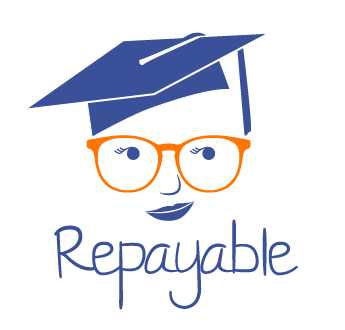
Subsidized Vs Unsubsidized Student Loans
What do you need to know about the two most common types of federal student loans? Today we’re going to talk about the differences between Direct subsidized and unsubsidized loans. Read on for more.
Estimated read time ~ 5 min. Estimated watch time at 1.5x ~3 min.
They’re both federal student loans
Both subsidized and unsubsidized student loans are made by the department of education. Both types of student loans qualify for Public Service Loan Forgiveness (PSLF) and Income-Driven Loan Forgiveness (IDLF). While they both qualify for Teacher Loan Forgiveness (TLF), remember that only student loans used for undergraduate education are eligible for TLF.
Interest is handled differently
Let’s start by talking about how interest is handled for Direct subsidized student loans. During certain times interest that accumulates is paid for by the Department of Education. Here are some examples of when you won’t be responsible for paying the interest on your subsidized student loans:
- You’re enrolled in courses at least half time
- You’re in the grace period (the first six months after graduation) and not a Direct Loan borrower between July 1, 2012, and July 1, 2014
- You’re in deferment (a postponement of loan payments)
If you have Direct Unsubsidized student loans, you’re always responsible for paying the interest. That means if you choose not to pay, such as when you’re actively in school or in the grace period, the interest will capitalize. Capitalization means any interest you haven’t paid gets added to your principal balance and you pay interest on the new, larger, balance.
Once you’re actively in student loan repayment, interest is treated the same between subsidized and unsubsidized student loans and capitalizes on itself.
There are different maximum borrowing limits
The maximum total (lifetime) amount of subsidized student loans you can borrow is $23,000 for undergraduate students and up to $65,000 for independent graduate/professional students or dependent students whose parents are unable to get PLUS loans*. It should be noted that graduate and professional students are no longer eligible for Direct subsidized student loans after July 1 2012, so the graduate limits are including previous courses of study.
Unsubsidized student loans are available according to remaining aggregate limits. You can find out more details about those limits here.
Demonstrating financial need
In order to get a Direct subsidized loan, you must demonstrate financial need. Unsubsidized loans are available regardless of financial need. Remember, in order to get any type of federal aid, including federal student loans such as these, you have to complete the FAFSA.
What type of student loans have you borrowed to attend college? Let me know in the comments below or on the Repayable Facebook Page.

Recent Comments